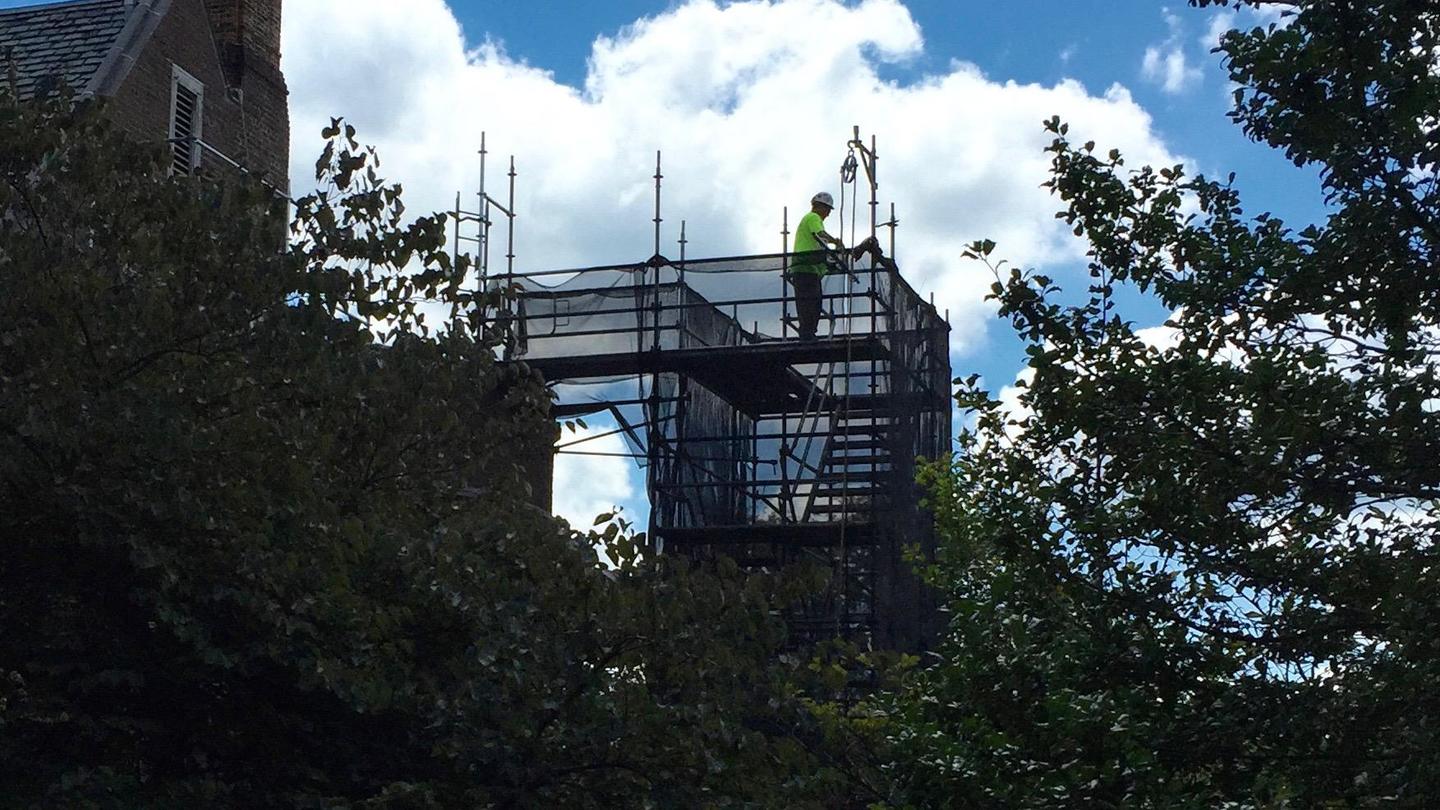Aug . 14, 2024 03:42 Back to list
Innovative Metal Formwork Solutions to Enhance Efficiency in Concrete Manufacturing Facilities
Understanding Metal Formwork for Concrete Factories
In the realm of modern construction, efficiency and precision play a crucial role in ensuring high-quality outputs. One of the pivotal innovations that have garnered significant attention is the use of metal formwork systems in concrete factories. This approach not only enhances the quality of the concrete products but also streamlines the production process, ultimately leading to reduced costs and time savings.
What is Metal Formwork?
Metal formwork refers to the use of metal mold systems to shape and support concrete during the curing process. Typically made of steel or aluminum, metal formwork is designed to withstand the high pressures exerted by fresh concrete. It is reusable and can be customized to suit various construction needs. Unlike traditional wooden formwork, metal systems offer superior durability, precision, and structural integrity.
Advantages of Metal Formwork
One of the most notable advantages of metal formwork is its reusability. Given that concrete factories often require multiple moldings for various projects, the long lifespan of metal formwork translates to lower overall material costs. Factory owners can use the same formwork for numerous projects, drastically reducing waste and increasing sustainability.
Moreover, the precision offered by metal formwork ensures that the dimensions of the concrete products are consistent and accurate. This precision is essential in producing high-quality concrete elements that meet strict design specifications. Metal formwork can be engineered to create complex shapes and finishes, allowing architects and engineers to push the boundaries of modern design without compromising on structural performance.
metalic formwork for cocrete factories

Metal formwork systems also allow for quicker assembly and dismantling. This feature is particularly beneficial in factories where time is of the essence. Traditional wooden forms often require extensive labor for installation and removal, leading to downtime in production. In contrast, metal systems typically utilize a modular design, simplifying assembly and enabling faster turnover times. This efficiency can significantly enhance the productivity of concrete factories, allowing them to meet tight project deadlines.
Environmental Benefits
The environmental impact of construction practices is becoming increasingly important. Metal formwork contributes positively to this aspect by being recyclable and long-lasting. While traditional materials like wood contribute to deforestation and are often discarded after a single use, metal formwork can be reused for many years, reducing the demand for new materials and minimizing waste.
In addition, the ability to produce precise and uniform concrete components means that less concrete may be required to achieve the same structural performance. This reduction not only conserves resources but also lessens the carbon footprint of the construction process.
Conclusion
As the construction industry evolves, the adoption of innovative technologies and materials becomes imperative. Metal formwork presents a multitude of benefits for concrete factories, from enhanced efficiency and precision to environmental sustainability. By embracing this technology, stakeholders can ensure high-quality outputs while addressing the challenges posed by traditional methods. The integration of metal formwork systems represents a significant leap forward in the quest for efficiency in concrete production, paving the way for a more sustainable and effective construction future. As concrete factories continue to adapt and evolve, metal formwork will undoubtedly remain a cornerstone of modern construction practices.
-
High-Quality U Head Jack Scaffolding – Reliable Scaffolding Jack Head Manufacturer & Factory
NewsJul.08,2025
-
High-Quality I Beam H20 Leading Timber Beam H20 Material Factory, Exporters & Manufacturers
NewsJul.08,2025
-
High-Quality Powder Coating Steel Formwork - Durable & Corrosion Resistant Solutions
NewsJul.07,2025
-
Inclined Column Formwork Supplier – Durable & Precise Solutions for Unique Structures
NewsJul.07,2025
-
High-Quality Water Stop Solutions Trusted Water Stop Company & Suppliers
NewsJul.07,2025
-
High-Quality Formwork Material Supplier Reliable Manufacturer & Factory Solutions
NewsJul.06,2025